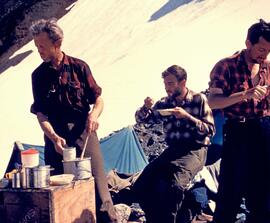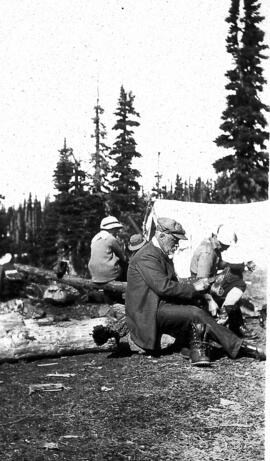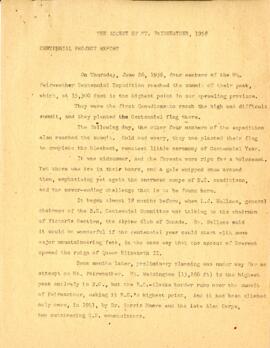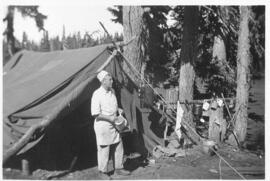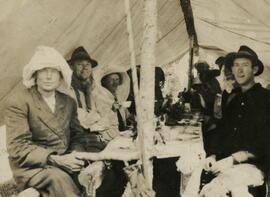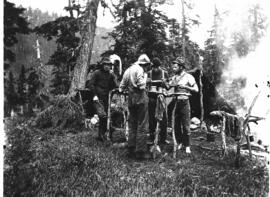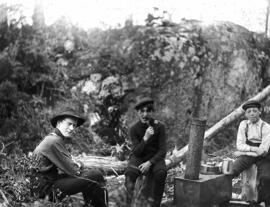How strong is the call of the mountains to you? Standing on a peak, would you gaze at summits as far as you can see and yearn to explore them all. What if the land you see is uncharted and you have no idea of what surprises — good or disastrous — might be in store for you? That was the life of the early mountaineers. And they loved it.
The settler immigrants of the Vancouver saw mountains as a place for exploration. Little by little they explored the peaks of the North Shore mountains. Later they explored mountain ranges farther afield. Breaking trail and making their own maps as they went, these men and women set out to discover what the Coastal Mountain Range had to offer.
The mountaineers may only have had basic clothing and equipment. Simple canvas held up by branches was all that protected them from insects and weather. But what they lacked in tangible ways, they more than made up for with the intangible. Surrounding themselves with enthusiasm, friendship, tenacity and expertise, this more than made up for the basic conditions.
In summer, the mountaineers used subalpine base camps as their home for two or more weeks. During the day, groups would climb surrounding peaks, with individuals honing their mountaineering skills. At night, they cemented friendships around the campfire or dinner table. It is easy to imagine conversations of successes or fails of the day, of innovative ways to climb higher or safer, or of peaks yet to climb.
As the decades passed, cars, float planes and even helicopters replaced horseback treks into trailheads or camp. And with new generations of adventurers joining clubs such as the BC Mountaineering Club or the Alpine Club of Canada, there has never been a shortage of people wanting to follow in the footsteps of the early settler mountaineers.

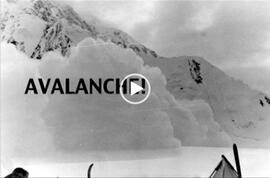
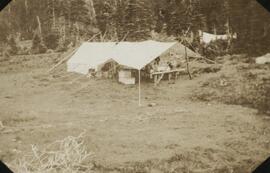
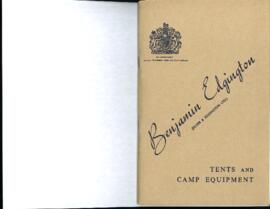
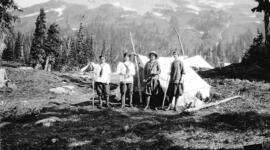
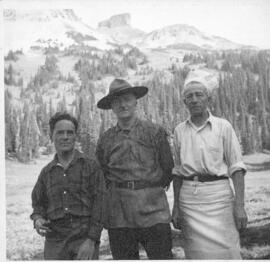
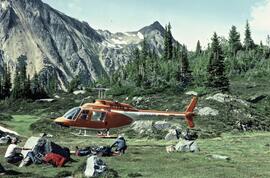
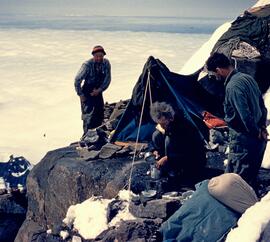
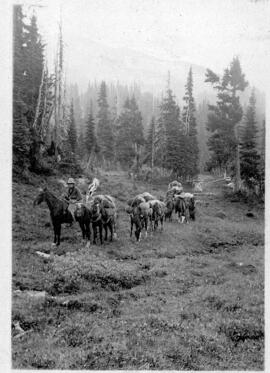
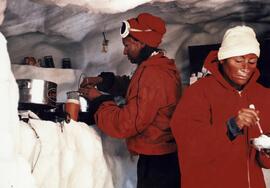


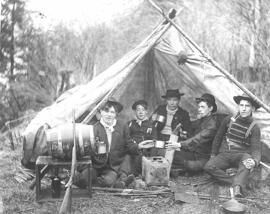
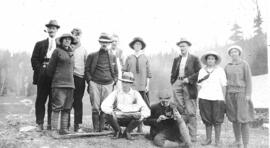
!["Our honeymoon, Goat Mtn. [Nellie and Charlie Chapman] 1913"](/uploads/r/passion-for-adventure/5/c/4/5c46e0030c58e2e4db3e5574934fc4b659c4216ea1126e5692c23739db6d076b/F205-64-020_142.jpg)

